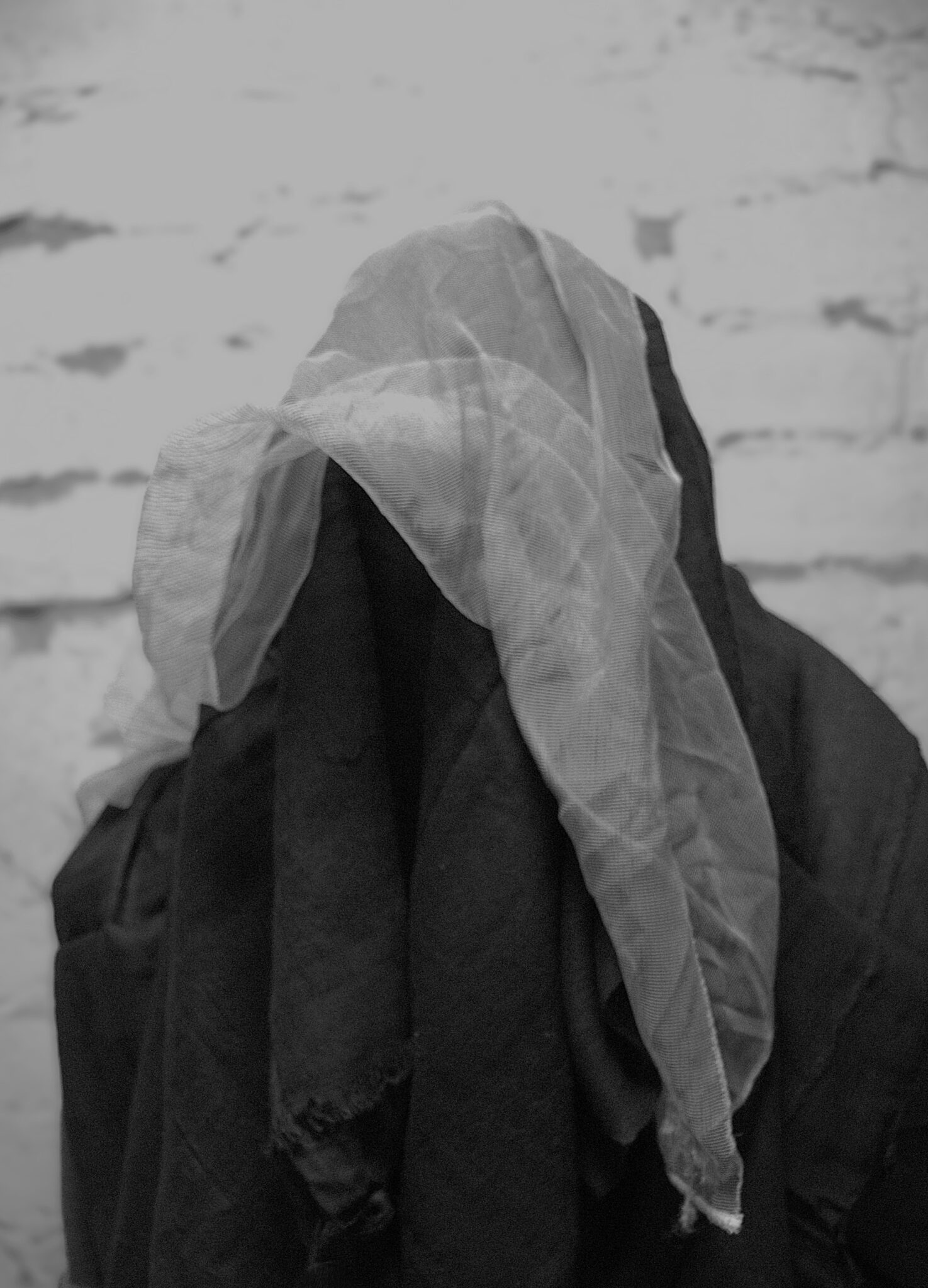 |
a.metsä is a multimedia arts studio, designing for order and existence in states, systems, and landscapes of/in crisis.
|
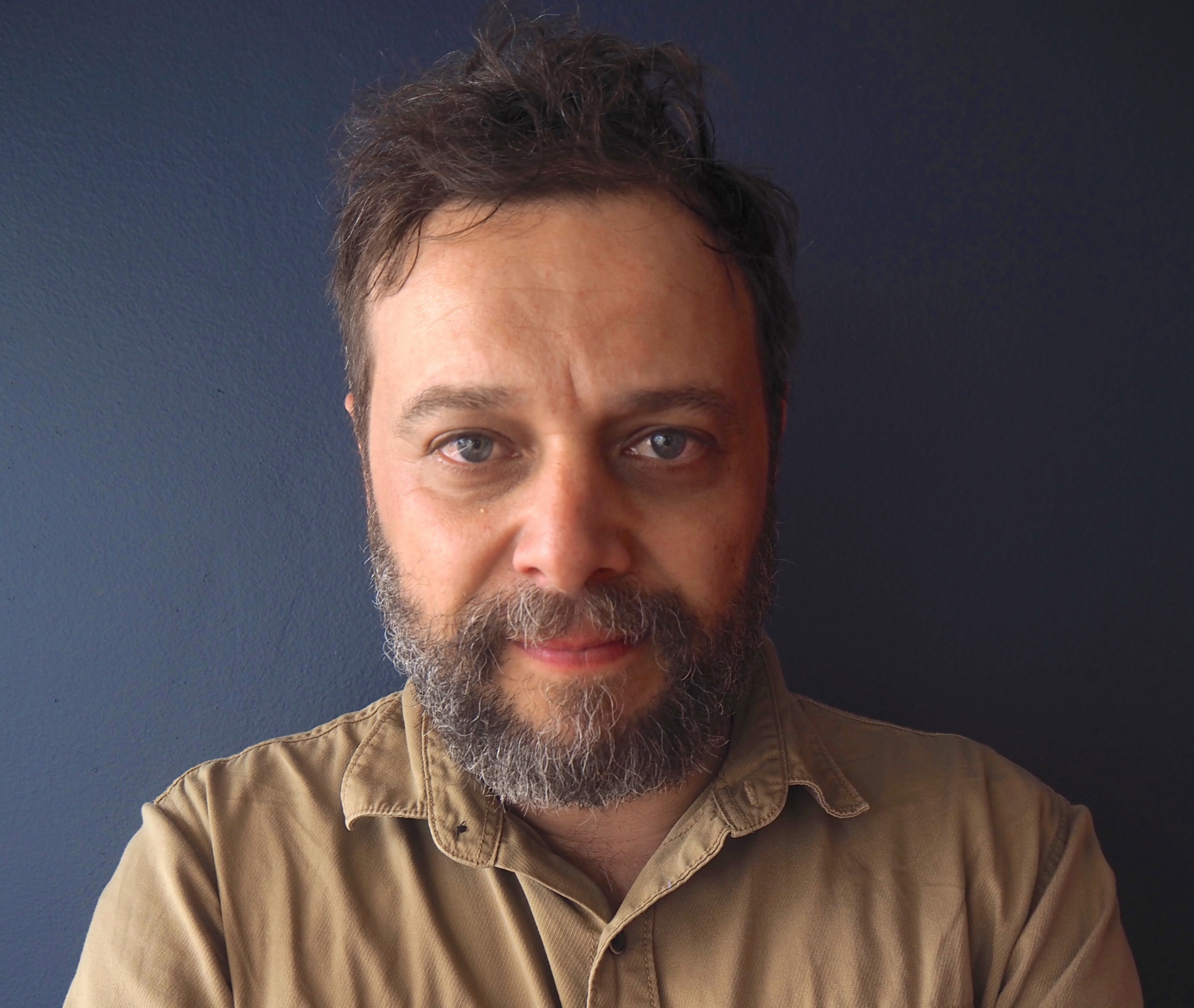 |
Cameron Bishop (PhD) is an artist, writer and curator lecturing in Art and Performance at Deakin University. As a curator he has helped initiate a number of public art projects including Treatment (2015/17) at the Western Treatment Plant; Sounding Histories at the Mission to Seafarers Melbourne with Annie Wilson; and the ongoing VACANTGeelong project with architectural and creative arts researchers, and leading Australian artists to explore and activate spaces left behind by de-industrialisation. As the recipient of a number of grants, awards and commissions he has been acknowledged for his community-focused approach to public art. All of his work explores the shifting nature of the term public, ideas around place-making, and the body’s appearance and experience as a political, private, and social entity. To this end he has published writing in book chapters, journals and exhibition catalogues while addressing these issues in the artwork he makes, often in collaboration with the artist and engineer, Simon Reis. With David Cross, he has worked on consultancy projects including the Metro Tunnel Creative Strategy, which saw them team with Claire Doherty from the UK-based Public Art Commissioning agency, Situations. |
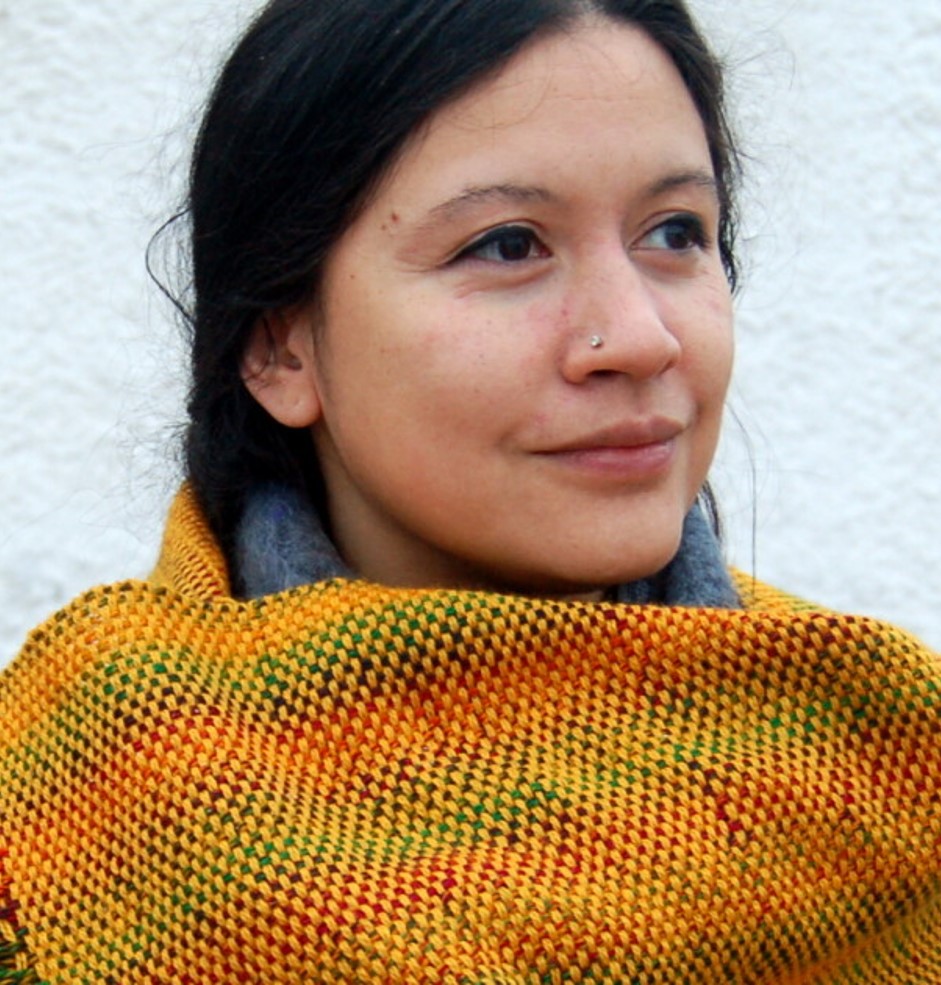 |
Moa Bleyner Cederberg is a textile artist based in Vaasa, Ostrobothnia. She holds a Bachelor of Fine Arts degree from Novia University of Applied Sciences and has also studied textiles at Nyckelviksskolan in Stockholm. In her work, she walks a tightrope between traditional textile craft techniques and other forms of expression. By allowing these to collide, she explores complex identities and interpersonal relationships. Her work has previously been shown at Gallery Sinne and Kuntsi Museum of Modern Art. In 2025, she will participate in the BIEN textile biennial in Slovenia. |
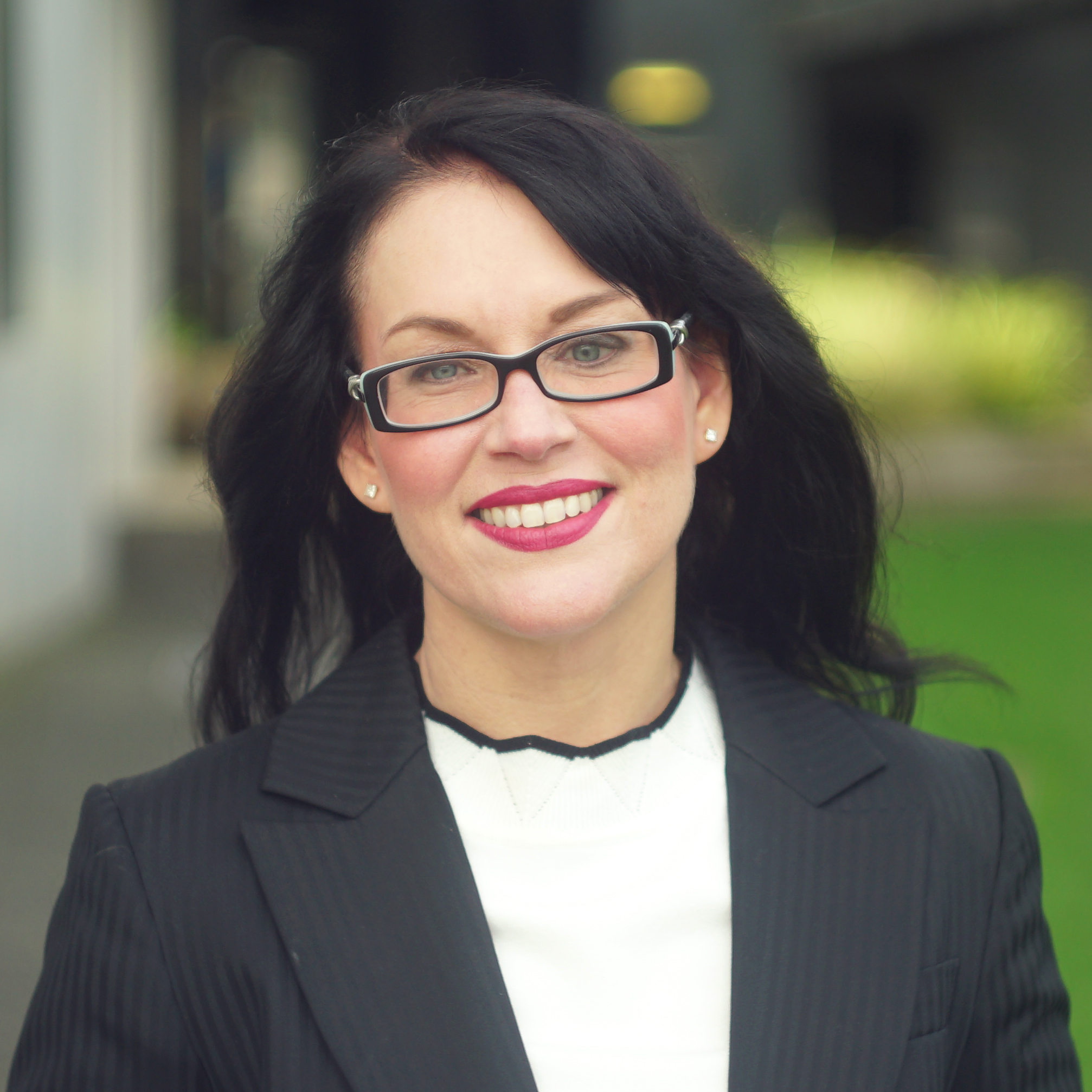 |
Toija Cinque is a multidisciplinary artist and curator whose work explores the intersections of digital media, ecology, and cultural memory. In Digital Realm (2024), she uses immersive technologies—AR, VR, and 360° video—to interrogate data ethics, surveillance, and environmental impact. Her curatorial project EcoDigital Futures (Melbourne Design Week 2024) explores digital technologies as both creative tools and ethical infrastructures for sustainability. In Memories That Make Us: Home Is a Distant Shore (2025), Cinque reflects on post–WWII Italian migration through interactive media, including her installation and 3D AR/AI application for Il Gentiluomo (The Gentleman). She co-produced the award-winning documentary Memories That Make Us, which received Best Ethnographic Film at the New York International Film Awards and was an Official Selection at the Asti International Film Festival and Fiorenzo Serra Film Festival. Across her practice, Cinque brings a critical and poetic lens to how technology shapes ecological futures and preserves cultural legacies. |
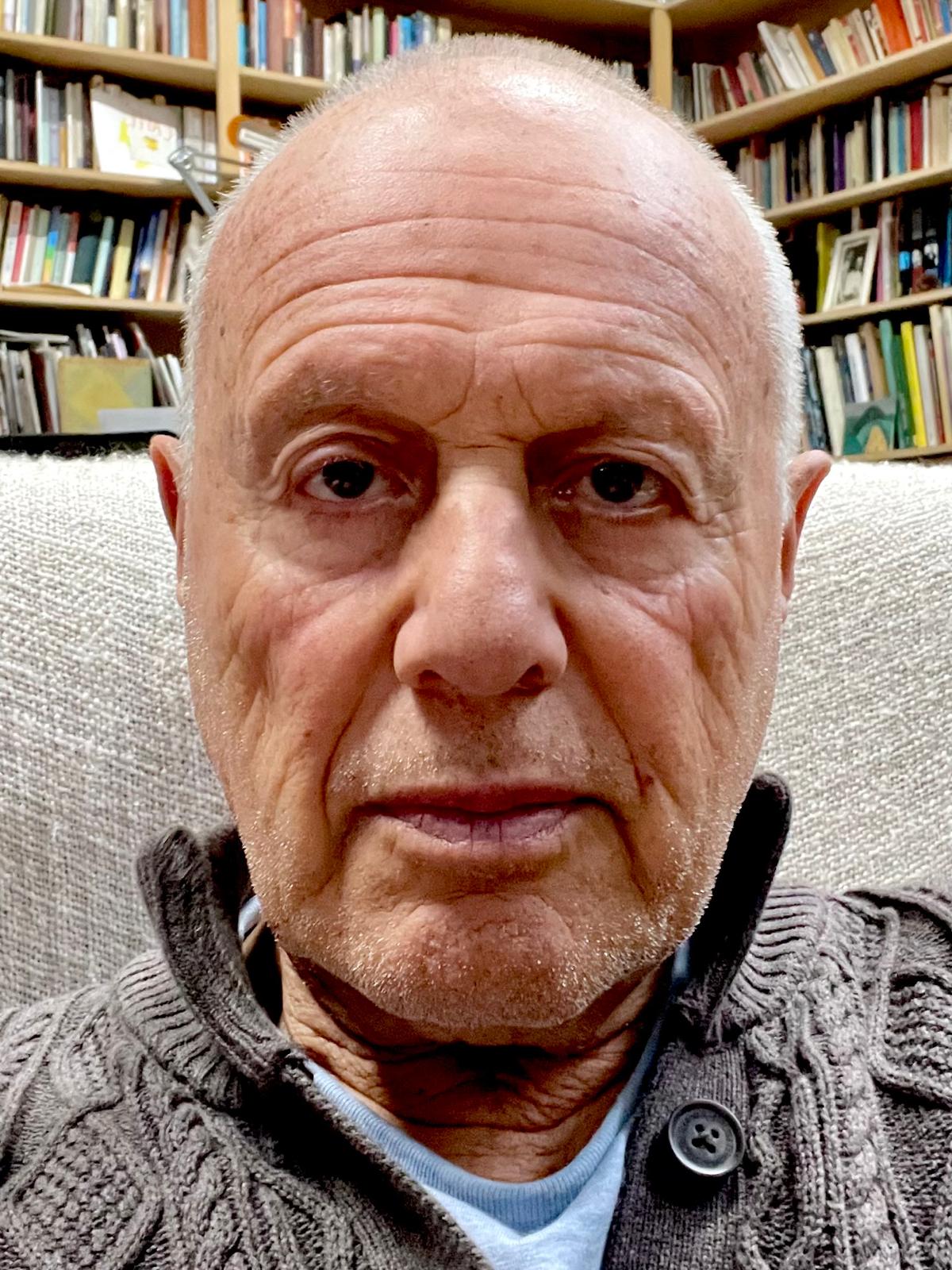 |
Domenico de Clario is an interdisciplinary artist, writer and musician. He was born in Trieste, Italy, in 1947 and migrated to Australia in 1956. He was awarded an MA (1998) and a PhD (2001) in Performance Studies from Melbourne’s Victoria University. He taught in the PIT/RMIT School of Art (1973-1996) and was Head of the School of Contemporary Arts at Perth’s Edith Cowan University (2001-6) and Head of the Fine Arts Department at Monash University (2006-9).From 2009 until 2013 he was the Director of Adelaide’s Australian Experimental Art Foundation. Since 1966 de Clario has presented more than 350 solo exhibitions, installations and performances nationally and internationally and been awarded numerous grants and international residencies, including the Australia Council Fellowship. He has published three books and six CDs, featuring improvised keyboard and / or voice. In 2015 he relocated to Mildura in north-eastern Victoria and in 2016 he founded the museum of innocence mildura. From May 2016 until March 2023 he served as Chair of both the Arts Mildura Board and of the Mildura Contemporary Practice Committee. He currently serves as Chair of the Board of Mildura’s not-for-profit organization Food Next Door. |
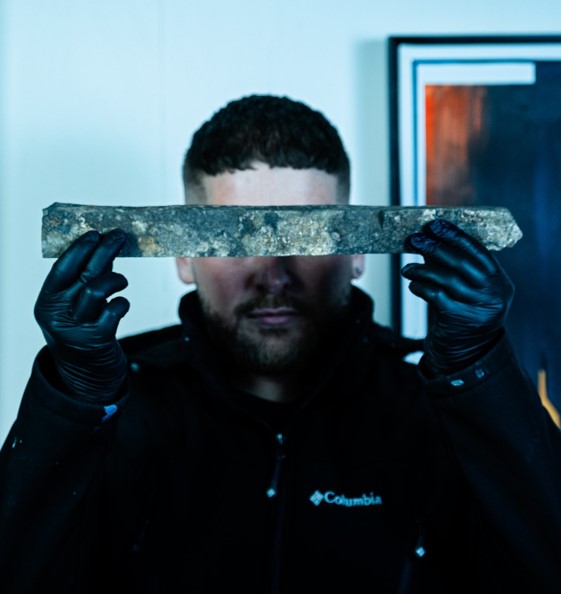 |
Benjamin Knock is a multidisciplinary artist dedicated to captivating the public’s imagination and bridging the gap between design and our natural environment. His expertise lies in creating large-scale murals, digital world building, and fine art studio work. Benjamin has gained recognition for his captivating paintings, installations and exhibiting regularly. His artistic style draws significant inspiration from geology and the hidden wonders beneath our feet. Having grown up on the rugged southwestern Australian coastline surrounded by untouched and rugged landscapes , Benjamin’s aim is to capture the exquisite terraforming elements that have shaped our planet we all call home. |
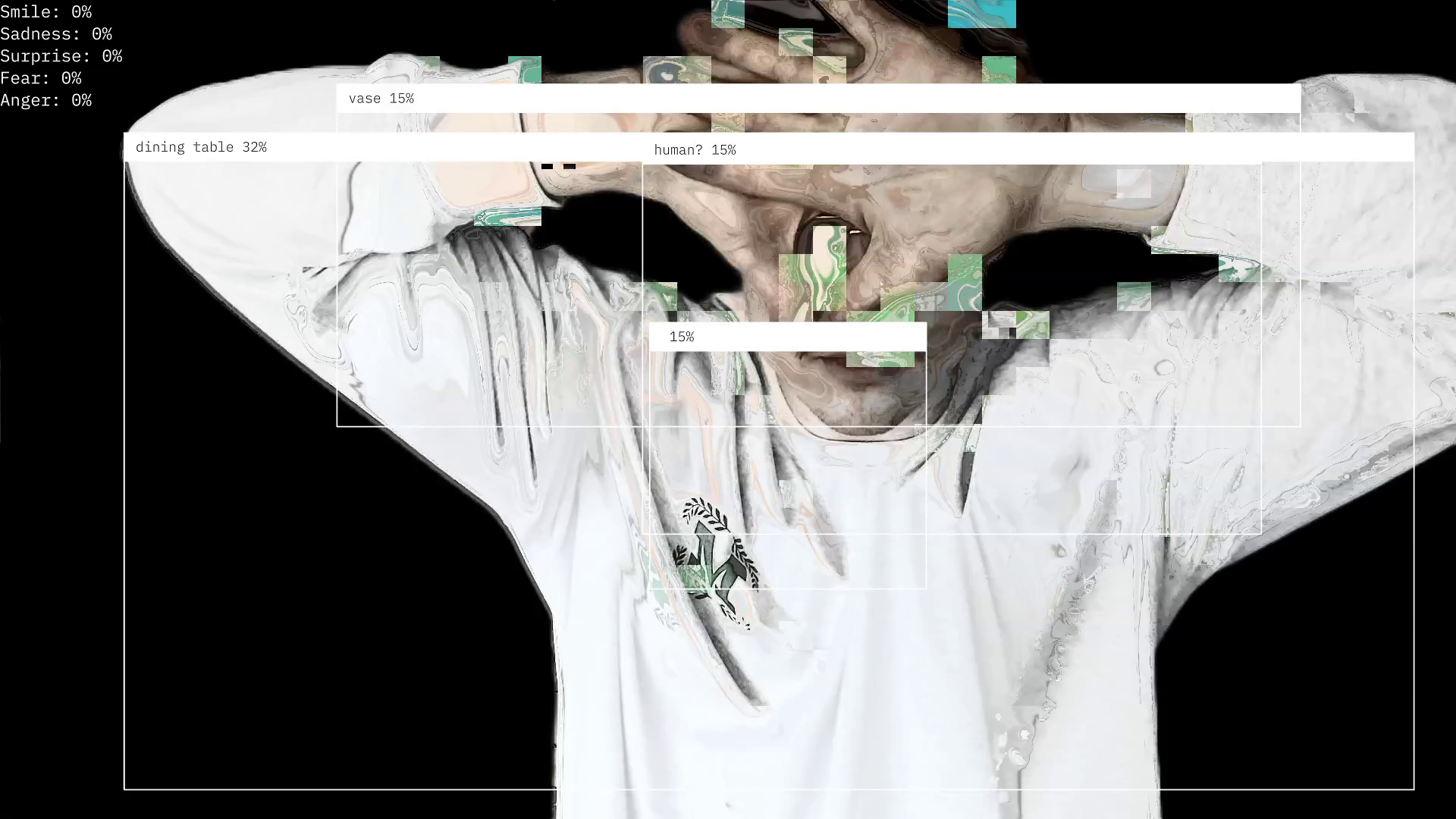 |
Samuel Kujala. After recognizing a nearly machinic feedback loop in his acting technique, actor-researcher Samuel Kujala has steered towards more and more technologically integrated ideas about corporeality and performance. Currently, Kujala works towards a Ph.D. in Tampere University’s CONVERGENCE of Humans and Machines research project, funded by Jane and Aatos Erkko Foundation. Informed by his acting practice in various forms of theatre and media, Kujala’s research focuses on the frictious and symbiotic moments that occur in close actor-technology relations. Through artistic experiments of acting cooperatively with various technologies—such as augmented reality, electrical muscle stimulation, and computer vision—Kujala aims to develop the concept and embodied practices of a technosymbiotic actor. Besides his research activities, Kujala’s acting credits include internationally acclaimed feature films, such as A Light That Never Goes Out (2025) and Fucking with Nobody (2020), as well as a number of drama series, for example Dance Brothers (2023; Netflix) and Pasilan Myrkky (2023; Ruutu+). |
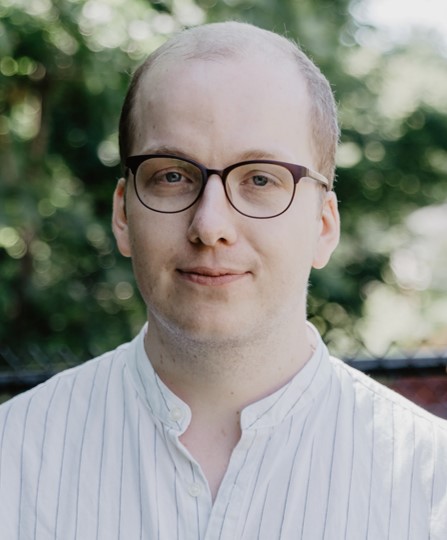 |
Michael Lukaszuk is a UmArts Postdoctoral Research Fellow in Media Arts at the Departments of Creative Studies and Informatics. He is an electroacoustic composer, media artist, and researcher focused on algorithmic and generative methods, spatial audio, and multimedia improvisation. His work explores how algorithmic media and emerging digital music technologies intersect with ideas of liveness in contemporary music. His compositions and research have been featured at the International Computer Music Conference, ISEA, SEAMUS, the Toronto International Electroacoustic Symposium, the Australasian Computer Music Festival, and NYCEMF. His writings appear in Emille, Chroma, and eContact!. Lukaszuk has received the SOCAN Foundation’s Hugh Le Caine Award (1st prize, electroacoustic category) and 3rd prize in the Canadian Electroacoustic Community’s JTTP awards. He holds a DMA in Composition from the University of Cincinnati College-Conservatory of Music and a PhD in Cultural Studies from Queen’s University in Kingston, Canada. |
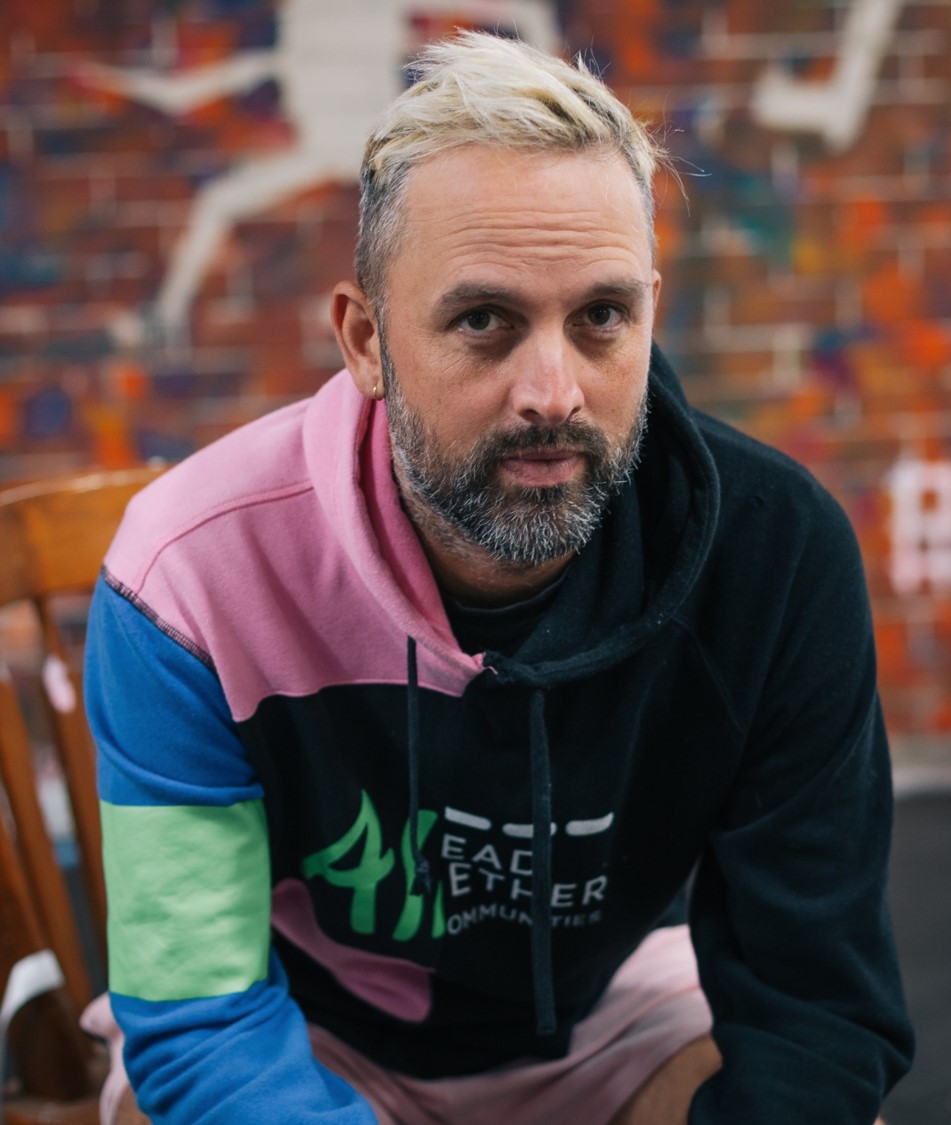 |
Jack Manning Bancroft is the Founder & CEO of AIME. He is a graduate of The University of Sydney and Stanford University, a former NSW Young Australian of the Year, and an author of books for children and adults. Jack has received a Human Rights Medal, an Honorary Fellowship from the University of Western Sydney and is the youngest person in Australian history to be awarded an Honorary Doctorate, which he received from the University of South Australia. He is currently an Honorary Fellow at Deakin University with the Indigenous Knowledge Systems Lab. |
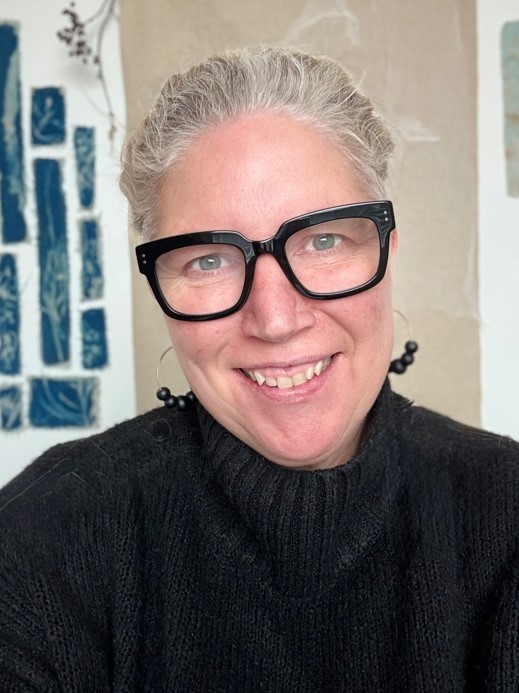 |
Katey O’Sullivan is an Australian visual artist living and working on Wadawurrung Country, Geelong. Her experimental art making is connected through underlying themes of storytelling, community, and nature. O’Sullivan likes to use repurposed and gathered natural materials, in abstract, conceptual ways. Embracing opportunities for tension in her work, O’Sullivan’s practice begins with self-imposed constraints yet happily surrenders to the element of chance. Her work includes sculptural installations, textiles, alternative printmaking, and photography. Completing a BA in Visual Arts in June 2025, O’Sullivan has participated in group shows at Deakin University’s Project Space Gallery. A co-founder of after.fluxus.Collective and RegenArt Geelong, she has exhibited at Geelong’s Third Space + Digital Gallery in ‘Pernicious’ and received City of Greater Geelong grant funding to produce ‘Hidden Treasures’, an art show celebrating international students. O’Sullivan is currently developing her research-led arts practice during an Artist’s Residency at the University of Vaasa, Finland. |
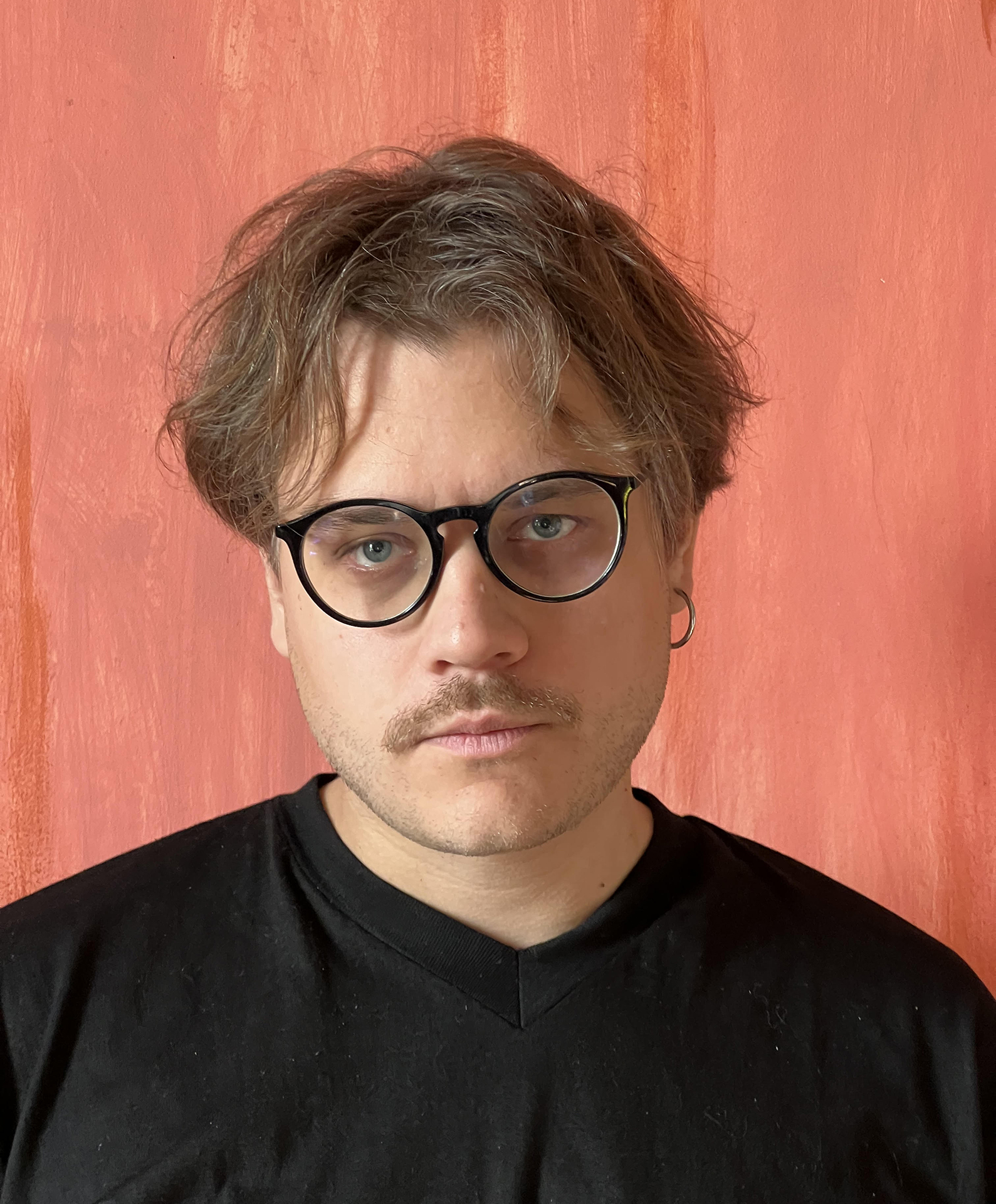 |
Jurgis Peters is a Latvian new media artist and doctoral researcher at Tampere University, Finland. His practice-based research explores the impact of emerging technologies, particularly artificial intelligence (AI), on society and creative expression. Using AI both as a medium and a conceptual framework, Jurģis investigates how algorithms can augment artistic abilities and mediate transformative, intimate experiences. As such, he is particularly interested in the ability of using these emerging technologies and especially AI to research and accommodate altered states of consciousness. His work reflects on the ethical challenges and implications of AI adoption, envisioning future scenarios through speculative visual narratives. With a Master’s degree (MA) in Audiovisual Arts from the Art Academy of Latvia and a (MSc) degree in Computer Science from the University of Birmingham, Jurģis develops custom tools and algorithms for his projects, which have been exhibited internationally. |
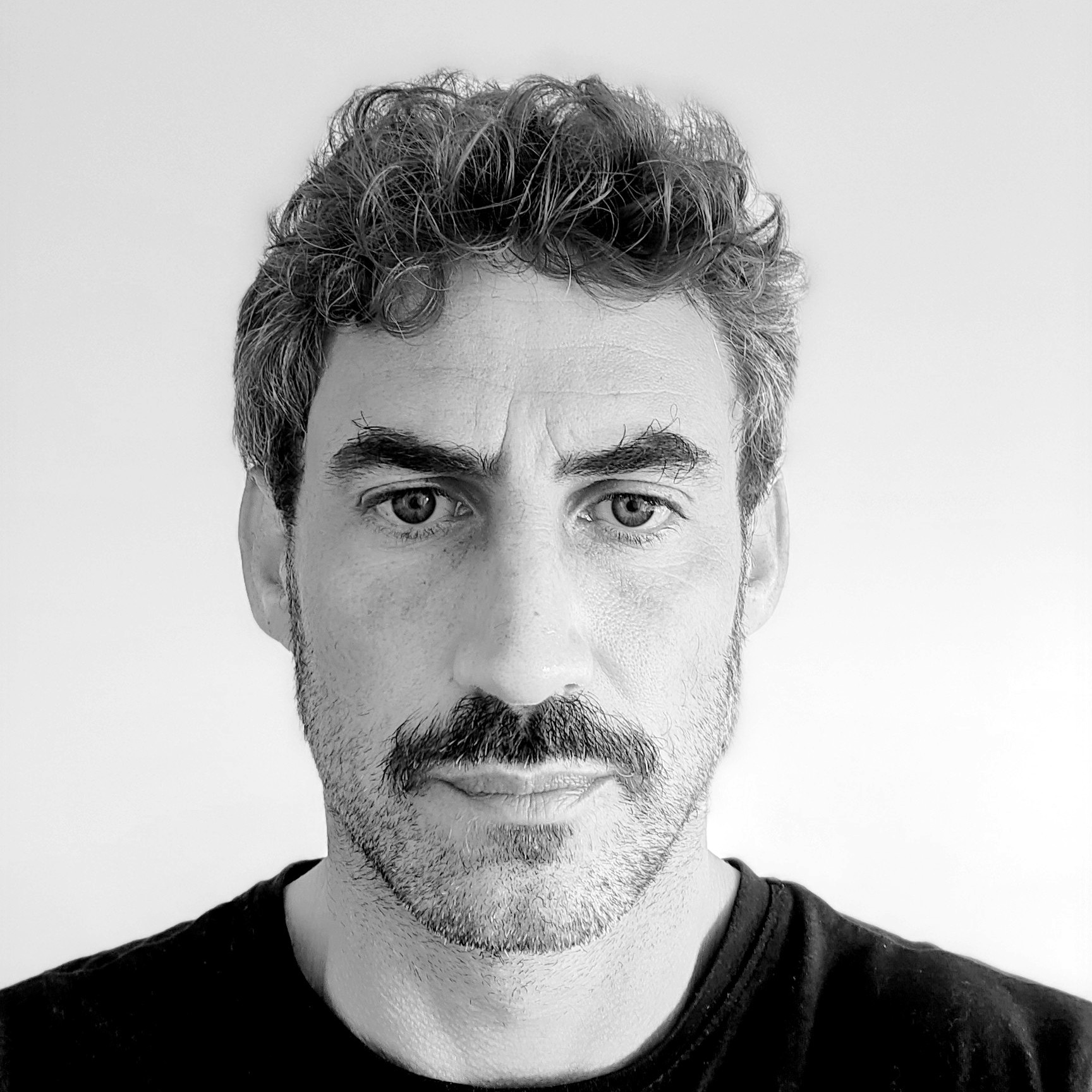 |
Frederick Rodrigues began his exploration of performance and media as a musician in the underground experimental music/punk/activist scene of Sydney in the late 1990’s. Out of a need to access the infrastructure of media production, and a logical extension of his tinkering Frederick studied audio engineering to sharpen his technical skills. To further these skills and to attempt to identify the “they” referred to in punk songs that were manipulating our media, Frederick began work in film and television production. This experience gave him an excellent set of skills in collaborative structures and communication, and a deep understanding of production techniques. The “they” remained un-identified, but the structures and desires that let our media behave like it does began to show themselves. From this position Frederick was able to access the machinery of media production for his own creative work and that of the artists and musicians around him. Concurrent with his award wining work in conventional post production, Frederick produced many collaborations in this corporate setting, usually out of bounds to your average artist. |
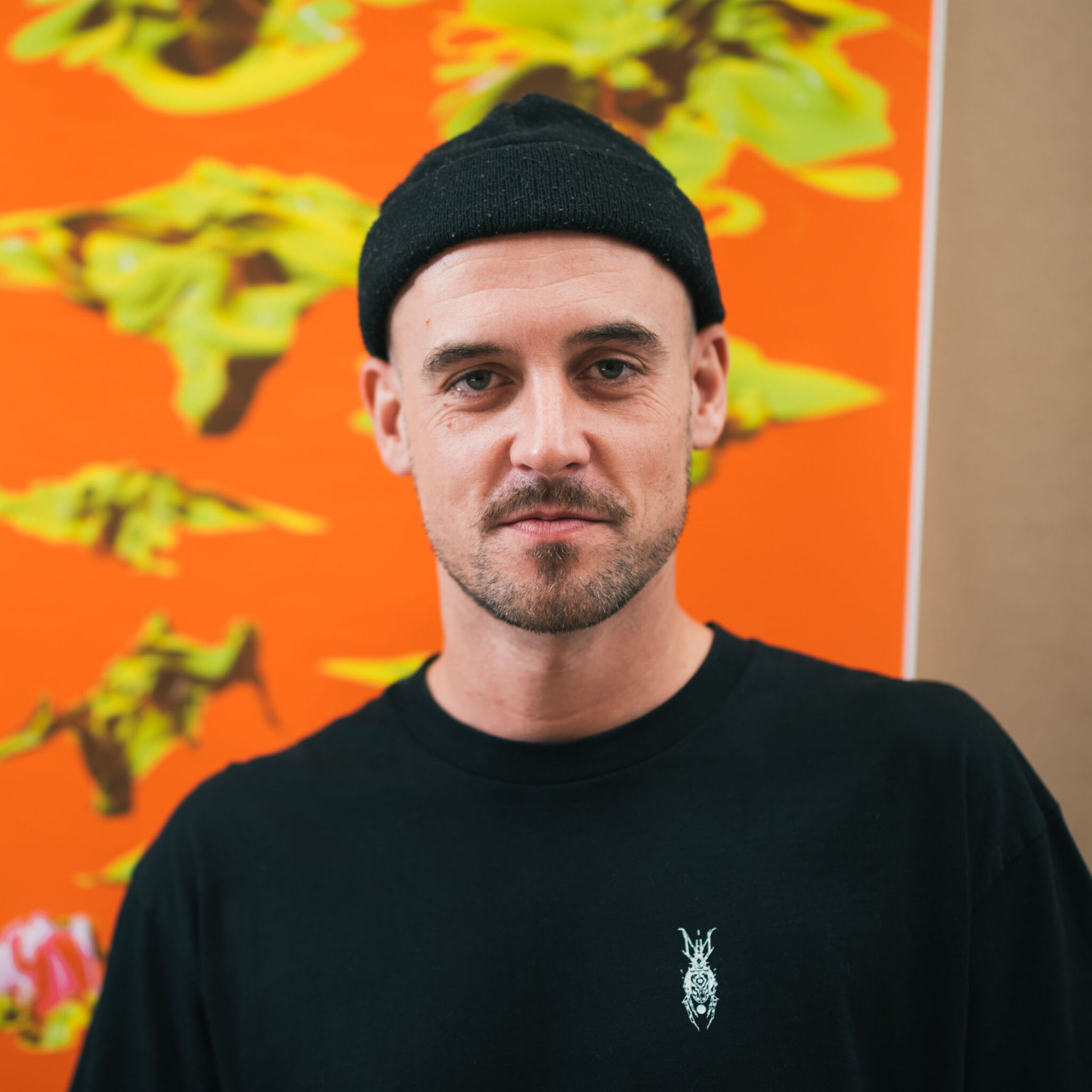 |
Spencer Rose is a generative artist who explores life through the lens of cellular automata. His work is rooted in questioning the fundamental elements of existence and its complexity. Spencer uses interactive particle simulations to explore the movement of everchanging abstract forms and their connection to sound. By using algorithms and improvisation to control millions of particles, the result of this visual chaos mimics aspects of organic life, revealing the common roots between the simulation and reality. |
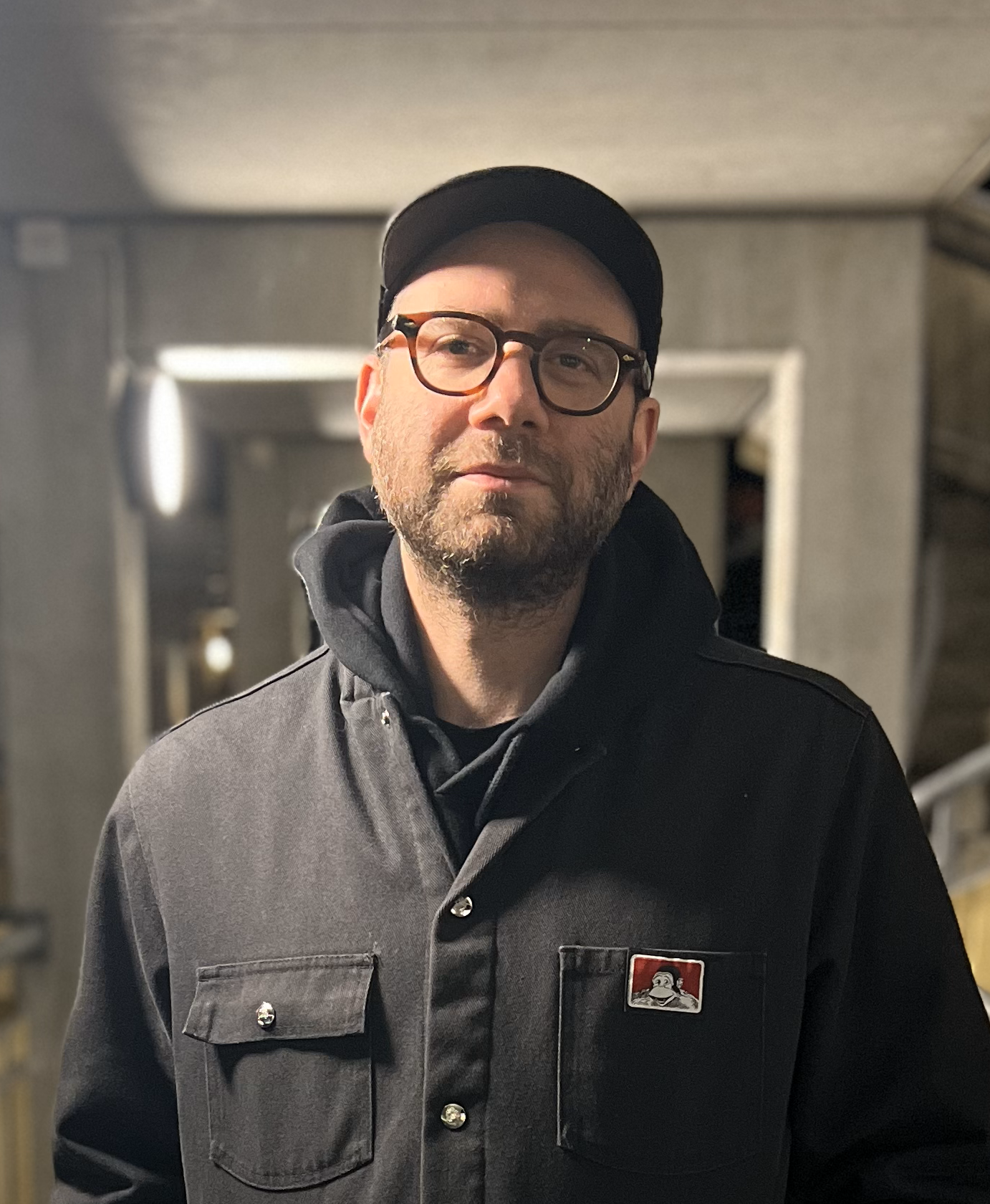 |
Daniel Shanken is a UmArts WASP-HS Art and AI Postdoctoral Research Fellow at the Umeå School of Architecture. As an artist and researcher, he explores the intersections of technology and cognition, focusing on their impact on the environment, consciousness, and culture. His work spans installations, video, sculpture, sound, and media. Currently, his research investigates how generative AI, recommendation algorithms, search engines, and machine learning influence perception and creative practice. Shanken has exhibited internationally at venues including ICA London, Art Basel Hong Kong, Whitechapel Gallery, CCA Glasgow, Nottingham Contemporary, CFCCA Manchester, V Art Center Shanghai, and Kiasma Helsinki. He earned a BFA in Fine Art Media from Art Center College of Design (2006), an MFA in Art Practice from Goldsmiths, University of London (2012), and a PhD in contemporary art practice, culminating in a solo exhibition at the Stanley Picker Gallery in 2023. |
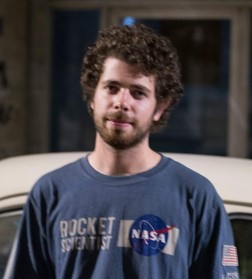 |
Nikiforos Staveris is a Master’s student in Artificial Intelligence at Umeå University, originally from Athens, Greece. He holds a Bachelor’s degree in Informatics from the Athens University of Economics and Business. He considers himself to be no more an artist than a computer engineer – and no more a computer engineer than an artist. Through this duality, he aims to explore how Artificial Intelligence can be harnessed as an instrument for the artist – not to replicate or generate human art, but to enable him to envision multi-dimensional art compositions in entirely new forms. |
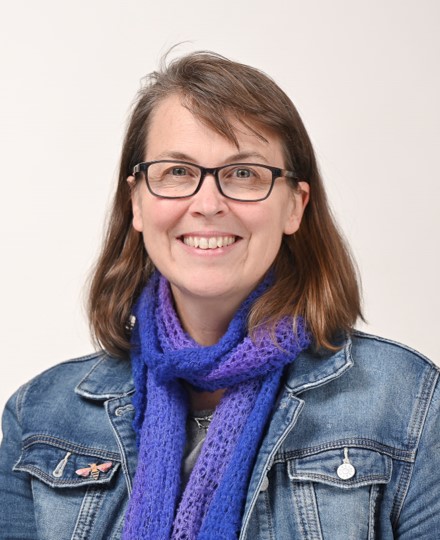 |
Peta White (Science and Environment Educator) is an Associate Professor in Science and Environmental Education at Deakin University. She led the OECD PISA Environmental Science contribution to the 2025 Science Framework ‘Agency in the Anthropocene’ and is active in climate change education research and advocacy. Peta Co-directs the Centre for Regenerating Futures and is the Editor-In-Chief of the Australian Journal of Environmental Education.
|
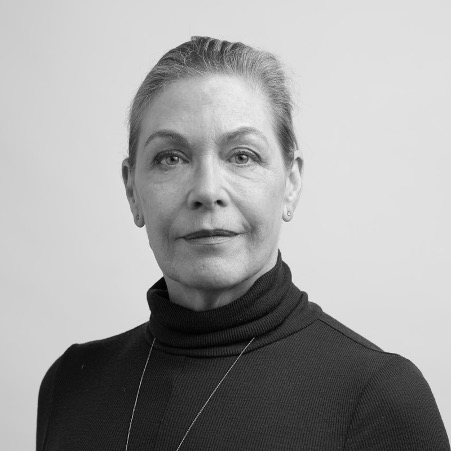 |
Anne Scott Wilson’s work tests the thresholds of light, data and transcendence. Drawing from ballet’s exploration of transcendence through repetition, endurance, and physical commitment, Anne’s work delves into the paradox of inhabiting a physical body while yearning to surpass its limitations—confronting themes of mortality in the process. Whether working with video, AI, painting, installation, writing, or photography, she utilizes the tools available to her with a sense of spontaneity. Play is central to her approach, characterized by embracing failure. Through this iterative process of making and experimentation, her ideas are gradually revealed, evolving organically into her art. |
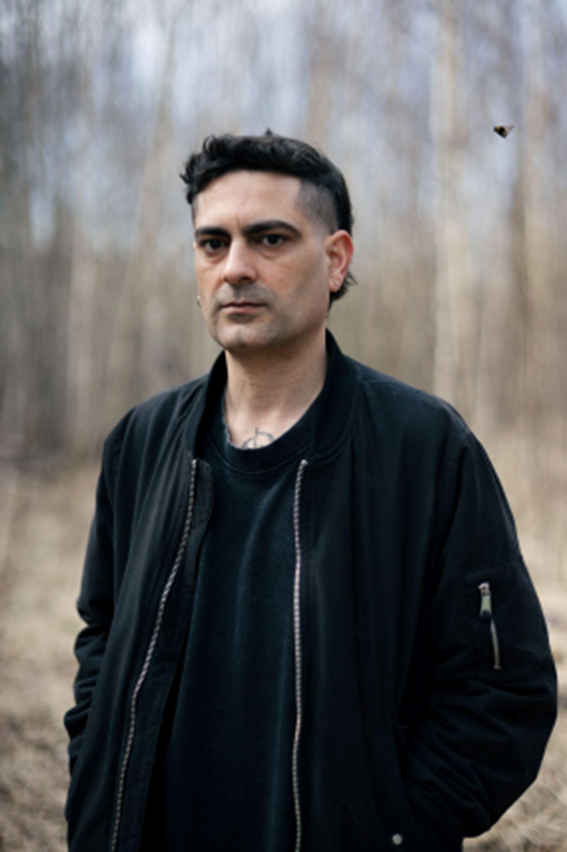 |
Michele Uccheddu, is a sound artist based in Finland, also percussionist, electronic music composer, and record producer. He is deeply interested in the intersection of nature and technology in experimental electronic music. He draws inspiration from the generative arts and the science of psychoacoustics. Also interested in Club Culture like techno sonorities, dub and ambient. He is the founder of SUPRANU Records, and has participated in high-level projects like the Venice Biennale (2014) Winner of Abbiati Prize with the project GEO of Roberto Doati and the international hackathon of Ars Electronica (2021). Now focused on the theme of Deconstruction, that can be applied to music or sound installations.
|
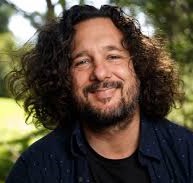 |
Tyson Yankaporta is an Indigenous skolar (Apalech clan (Wik) Lostmob Nungar) working with Indigenous Systems Knowledge and collective Indigenous inquiry methods inflected with complexity science to resolve global existential threats and issues in regenerative design responses to crises. Works across disciplines in literature/creative writing, sociology of religion (disinformation/conspirituality/IO’s), history, Indigenous Knowledges, psychology, environmental studies, architecture/engineering/Indigenous design and technology. Founder of the Indigenous Knowledge Systems Lab. |